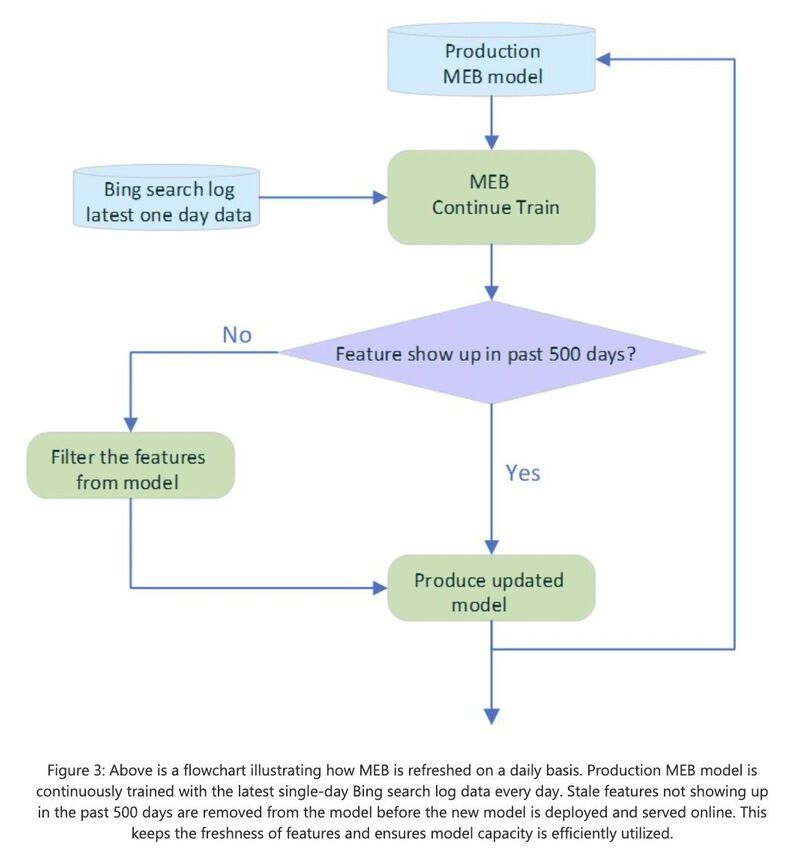Can we ever reverse-engineer our thinking? This is one of the questions addressed in my new cinematic documentary Consciousness: Evolution of the Mind making a splash around the world. The film is now available for viewing on demand on Vimeo, Plex, Tubi, Social Club TV and other global networks with its worldwide premiere aired on June 8, 2021. This is my take on the nature of consciousness and reverse engineering of our mental faculties in order to create AGI. Enjoy!
#Consciousness #Evolution #Mind #Documentary #Film #Introduction
A new documentary film Consciousness: Evolution of the Mind is now available for viewing on demand on Vimeo, Plex, Tubi, Social Club TV and other global networks with its worldwide premiere aired on June 8, 2021. This is a futurist’s take on the nature of consciousness and reverse engineering of our thinking. Hosted by the author of the book upon which the film is based ― The Syntellect Hypothesis: Five Paradigms of the Mind’s Evolution by Alex M. Vikoulov.
[Transcript} Hi! My name is Alex Vikoulov, I’m a futurist, evolutionary cyberneticist and philosopher of mind. In this film, you’re about to come across certain novel ideas and concepts that go beyond conventionality and some views of mainstream academia, so I urge you to keep an open mind! In this documentary I report my own findings and research along with certain logically consistent metaphysical extrapolations.





